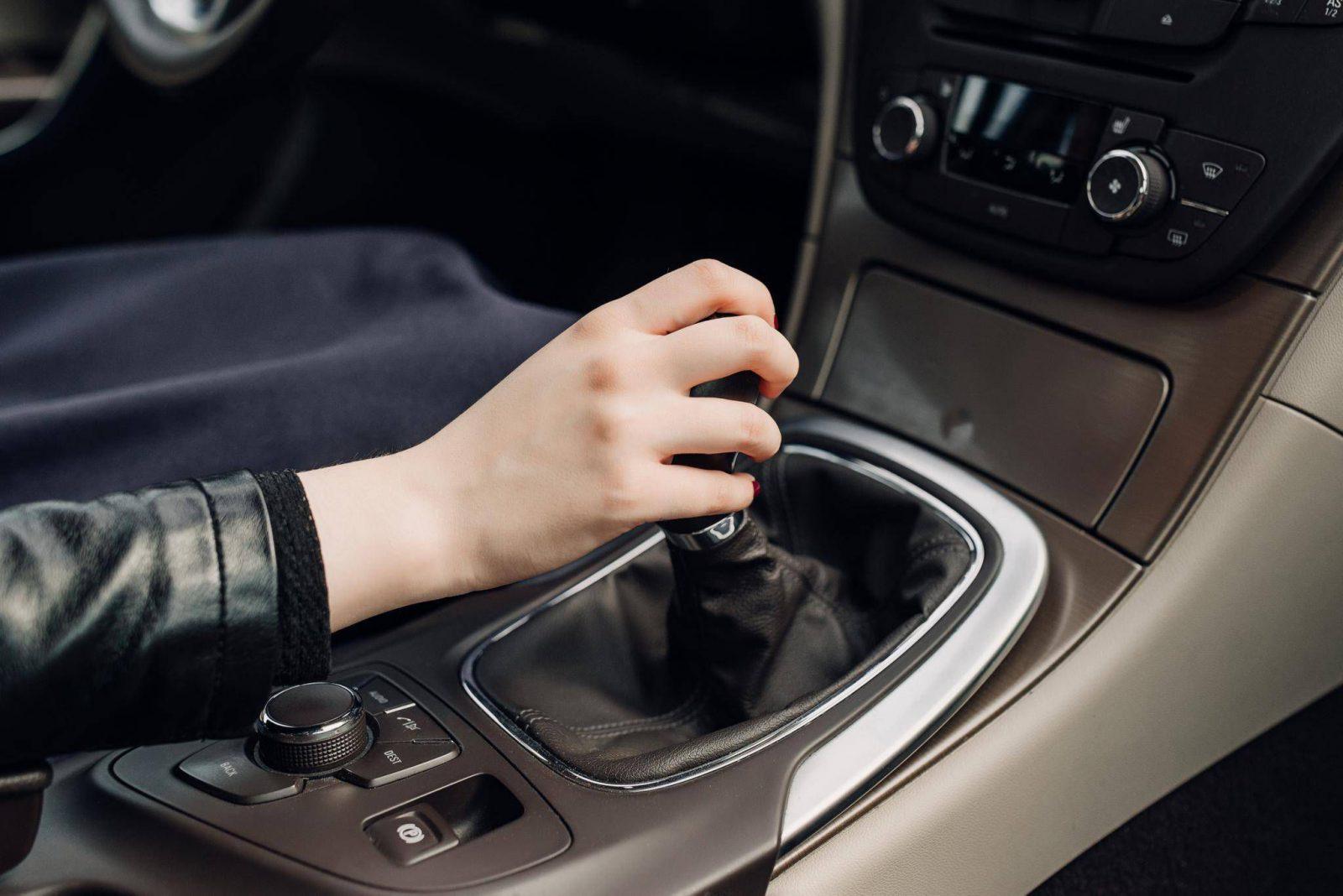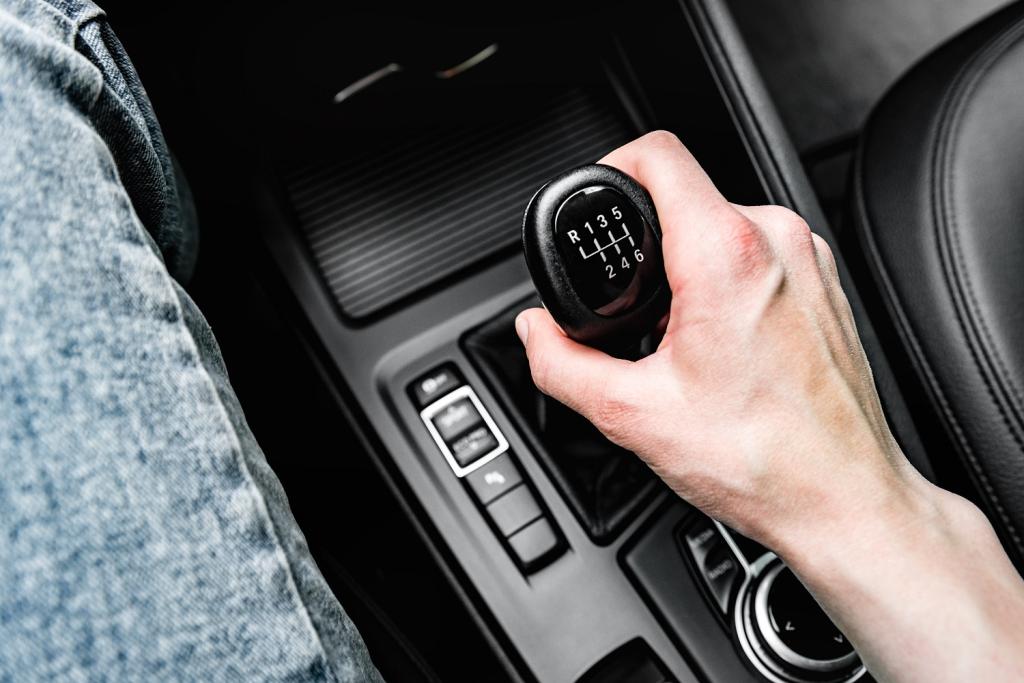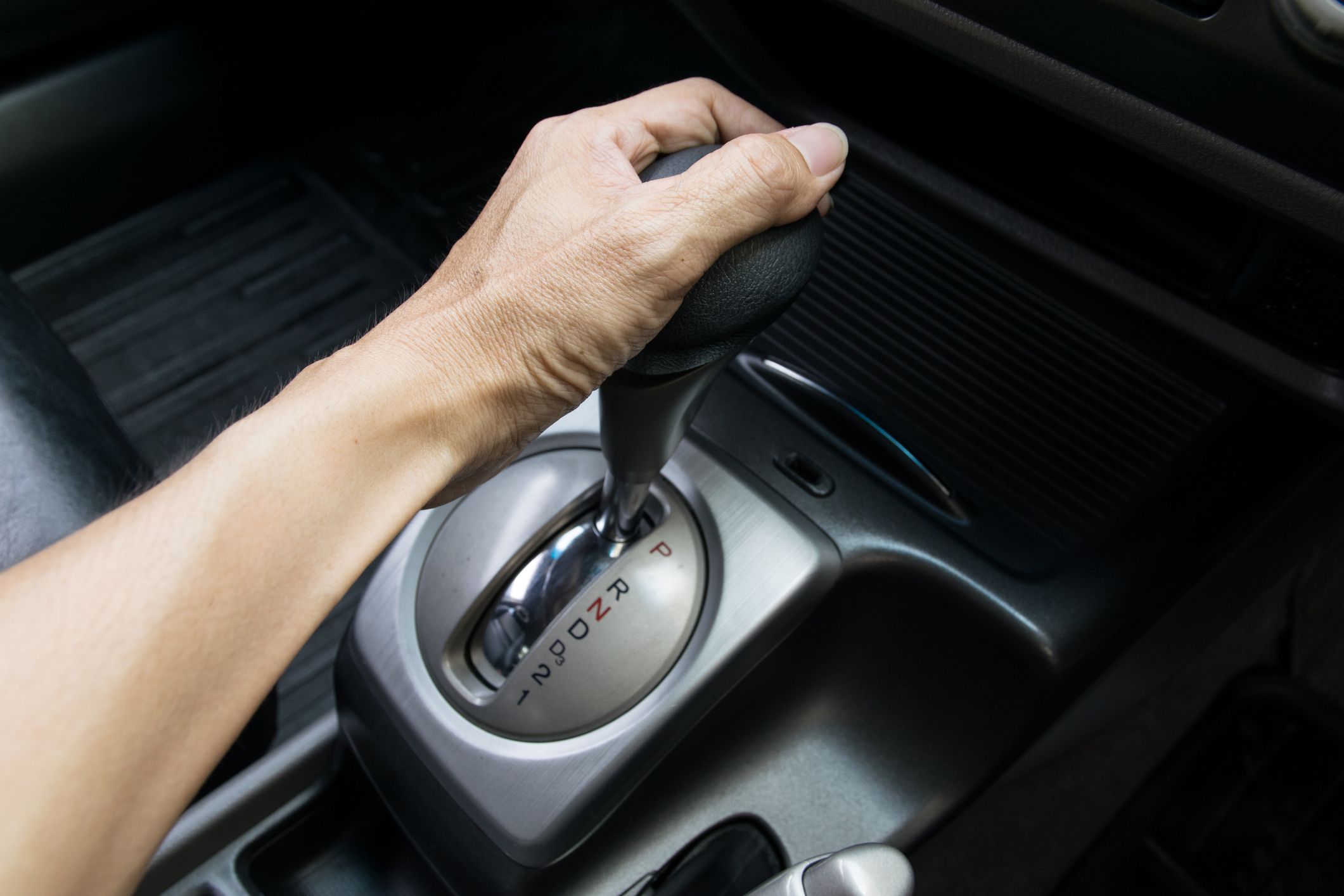Gear Not Shifting In Manual Car
Introduction
The art of driving a manual transmission vehicle, often cherished by enthusiasts for its tactile feedback and sense of control, hinges on the harmonious interaction between the driver and the gearbox. However, there are moments when this harmony is disrupted, and the gears stubbornly refuse to shift as expected, leaving the driver grappling with a frustrating dilemma. This phenomenon, commonly known as “gear not shifting,” can arise due to a myriad of factors, ranging from mechanical issues to driver error.
At its core, the manual transmission system relies on precise coordination between the clutch, gearbox, and engine. When this synchronization is compromised, the consequences manifest in the form of gear-shifting difficulties. Understanding the root causes behind these challenges is crucial for both seasoned drivers and novices alike.
In this exploration, we delve into the multifaceted nature of gear not shifting in manual cars. We navigate through the intricacies of mechanical malfunctions such as worn synchros, clutch linkage problems, or transmission fluid issues. Moreover, we dissect the role of driver technique, examining how improper clutch engagement, rev matching, or gear selection can exacerbate shifting woes.
Why is my manual car not shifting into gear?
If your car has a manual transmission, then an inability to shift into gear could be due to a worn out or broken clutch. The average clutch should last at least 60,000 miles before wearing down, and many will last well past 100,000 miles.
When a manual car refuses to shift gears, it’s a vexing situation that can stem from various underlying causes. One common culprit is a malfunctioning clutch system. If the clutch pedal feels spongy or fails to engage/disengage smoothly, it can hinder gear shifting. Additionally, low or contaminated transmission fluid may impede the gearbox’s ability to smoothly transition between gears.
Mechanical issues within the transmission itself, such as worn synchros or damaged gear teeth, can also lead to shifting difficulties. Furthermore, problems with the clutch linkage, such as broken cables or misadjusted linkage, may prevent proper clutch operation, thereby hindering gear changes.
Driver error can exacerbate shifting problems as well. Incorrect clutch engagement techniques, failure to rev match during downshifts, or attempting to shift at inappropriate speeds can all contribute to gear not shifting smoothly.
How do you fix a car that wont change gears?
For resolving a stuck gear shift, attempt to bypass the shift interlock solenoid. To disengage the safety lock, start the vehicle and maintain pressure on the brake pedal as you shift into reverse or drive. You can find more instructions on how to perform this bypass in the guide for car gear stuck in park mode.
Fixing a car that refuses to change gears requires a systematic approach to diagnose and address the underlying issue. Firstly, check the clutch system for any signs of wear or damage, such as a slipping clutch or worn clutch plate, and replace if necessary. Next, inspect the transmission fluid levels and condition, topping up or replacing fluid as needed.
Additionally, examine the shift linkage for any misalignment or damage, ensuring proper adjustment or replacement if required. If the issue persists, it could indicate more significant problems such as worn synchros or internal transmission damage, necessitating professional inspection and repair by a qualified mechanic. Regular maintenance and attentive driving habits can also prevent gear-shifting problems from arising in the future. By methodically troubleshooting and addressing each potential cause, drivers can restore smooth gear changes and enjoy uninterrupted driving experiences.
Why gear is not shifting?
If when you put your vehicle into gear and it won’t move, this may be a problem with low transmission fluid due to a leak, the shifter, shifter cable, or it could even be a problem in the valve body of your automatic transmission.
The failure of gears to shift in a manual transmission car can stem from several underlying causes. One primary reason is mechanical wear and tear, particularly on components like synchros, which facilitate smooth gear engagement. If these synchros become worn or damaged, shifting becomes challenging, often accompanied by grinding or resistance.
Another common culprit is issues with the clutch system. A worn clutch disc or pressure plate can lead to incomplete disengagement of the clutch, making it difficult to shift gears effectively. Additionally, problems with the clutch linkage or hydraulic system can hinder the transmission’s ability to transition between gears smoothly.
Driver error also plays a significant role. Inadequate clutch control, failure to rev match during downshifts, or selecting the wrong gear can all impede the shifting process.
Lastly, low transmission fluid levels or degraded fluid quality can hinder gear shifting by compromising the lubrication and cooling properties essential for smooth transmission operation.
Why is my clutch not going into gear?
A few things could cause this, but the most likely is the linkage is improperly adjusted, worn, or if hydraulic the system needs bleeding. If it just doesn’t want to go into gear try releasing the clutch, and put light pressure on the shifter while you push the pedal down. It should drop in.
When confronted with the disconcerting issue of a clutch refusing to engage gears, drivers find themselves in a perplexing predicament, often wondering about the underlying causes of this frustrating phenomenon. The inability of the clutch to smoothly transition into gear can stem from various mechanical maladies or operational oversights.
First and foremost, a worn or malfunctioning clutch system can impede its ability to engage gears effectively. Components such as the clutch disc, pressure plate, or release bearing may suffer from wear and tear, leading to a loss of grip and difficulty in disengaging the transmission.
Furthermore, issues with hydraulic systems, such as low clutch fluid levels or air bubbles in the hydraulic lines, can disrupt the hydraulic pressure needed for proper clutch operation. Additionally, misadjusted clutch linkage or a malfunctioning clutch master cylinder can also contribute to the clutch’s reluctance to engage gears.
Can damaged gears be repaired?
Even if the oil is replaced or replenished to aid lubrication, the damaged gears will never recover. Other common sources of gear tooth damage include corrosion and wear. Water in gearbox oil can attack the steel surface of each gear, which can ultimately lead to pitting and abnormal wear.
Repairing damaged gears in a manual transmission is feasible, but it depends on the extent of the damage and the specific components affected. In some cases, minor issues such as worn synchronizers or damaged gear teeth can be addressed through repairs or replacements without necessitating a full gearbox overhaul. Skilled mechanics can often diagnose the problem through thorough inspection and recommend appropriate repair solutions.
However, if the damage is extensive or if critical components like the gearbox casing or main shaft are compromised, a repair might not be practical or cost-effective. In such scenarios, replacing the damaged gearbox or specific components may be the more viable option.
Ultimately, the feasibility of repairing damaged gears in a manual transmission hinges on factors such as the severity of the damage, the availability of replacement parts, and the expertise of the mechanic performing the repairs. It’s advisable to consult with a qualified automotive technician to assess the best course of action for addressing gearbox issues.
What are the repair methods of gears?
The gear repair process typically involves a thorough inspection of the damaged gear to identify the extent of the damage and the repair required. The gear is then disassembled, cleaned, and repaired using various techniques such as welding, machining, and grinding.
Repairing gears involves a combination of precision engineering and meticulous attention to detail to restore functionality and durability. Several methods exist to address gear problems, each tailored to the specific issue at hand.
One common repair method is gear tooth re-profiling, which entails reshaping worn or damaged gear teeth to their original profile using specialized machining techniques. This process ensures proper engagement and smooth operation of the gears.
Another approach is gear reconditioning, where the entire gear or gear set undergoes thorough inspection, cleaning, and refurbishment. This may involve replacing worn bearings, seals, or other components, as well as regrinding or polishing the gear surfaces to eliminate imperfections.
What is the basic maintenance of gearbox?
Regular Inspection: Regularly inspect the gearbox for signs of wear, damage, or leaks. Visual inspections can help catch potential issues before they become major problems. 2. Oil Level and Quality: Check the oil level in the gearbox as per the manufacturer’s recommendations.
Basic maintenance of a gearbox involves several key steps to ensure smooth operation and longevity. Firstly, regular checks of the transmission fluid level and condition are essential. Low or contaminated fluid can lead to increased friction and wear within the gearbox. Therefore, it’s important to follow manufacturer recommendations for fluid type and change intervals.
Additionally, inspecting for leaks around seals and gaskets is crucial, as any loss of fluid can jeopardize gearbox performance. Periodic inspection of linkage and shift cables ensures smooth gear engagement, while keeping an eye on clutch wear and adjustment helps maintain proper transmission function.
Furthermore, maintaining proper driving habits such as avoiding harsh shifting, excessive clutch slipping, and overloading the gearbox can prolong its lifespan. Finally, following manufacturer-recommended service intervals for gearbox maintenance, including filter replacements and more extensive inspections, helps catch potential issues early and keeps the gearbox operating optimally.
What is the lifespan of a gearbox?
Exactly how long they last depend on driving conditions, whether you’re towing heavy loads and even outside temperatures. That said, with normal driving you could get as little as 5-7 years out of a gearbox/transmission, or it could last the lifespan of your vehicle depending on the maintenance.
The lifespan of a gearbox can vary significantly depending on several factors, including the type of vehicle, driving conditions, maintenance practices, and the quality of components used in its construction. In general, manual gearboxes tend to have a longer lifespan compared to automatic transmissions due to their simpler design and fewer moving parts.
On average, a well-maintained manual gearbox can last anywhere from 100,000 to 200,000 miles or more before requiring significant repairs or replacement. However, this lifespan can be shortened if the gearbox is subjected to harsh driving conditions, such as frequent towing, aggressive shifting, or heavy loads.
Automatic transmissions typically have a shorter lifespan, ranging from 100,000 to 150,000 miles on average. However, with regular maintenance and fluid changes, some automatic gearboxes can last well beyond these mileage estimates.

Conclusion
The failure of a manual car’s gear shifting system can stem from various factors, ranging from mechanical issues to driver error. Identifying and addressing the root cause promptly is crucial to ensure safety and prevent further damage to the vehicle.
Regular maintenance, including checking fluid levels, clutch adjustments, and inspecting transmission components, can help prevent gear shifting problems. Additionally, proper driving techniques, such as avoiding aggressive shifting and ensuring the clutch is fully engaged before changing gears, can prolong the lifespan of the transmission system.
When faced with gear shifting difficulties, it’s essential to remain calm and assess the situation. Simple troubleshooting steps like checking clutch pedal play, examining gear linkage, and inspecting transmission fluid can often reveal minor issues that can be easily rectified.






